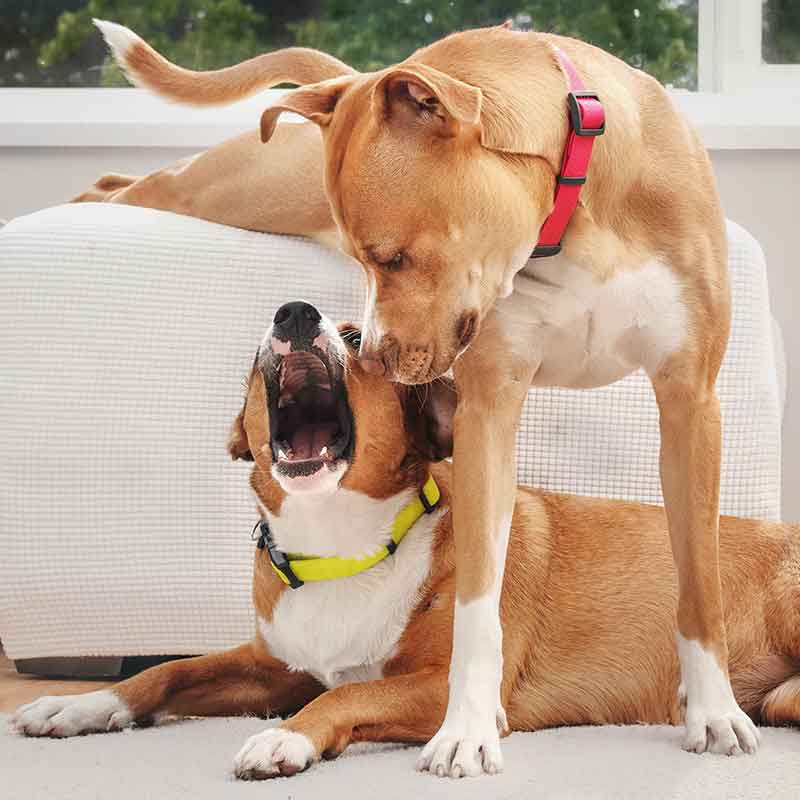
What to Consider When Adding a Second Dog to Your Family
Dogs are highly social creatures and may become bored and act out when left alone. So, logically adding another dog make sense since many of us work long hours. To determine if your household is ready for another dog, two questions should first be answered:
Are YOU prepared to take on the extra commitment?
Two dogs means more food, supplies, equipment, grooming, boarding, training, veterinary costs, and time. Is your house large enough? Can your house sitter handle two dogs? Are you willing to undertake basic training and behavior modification of a new dog while reminding your current one sharing is ok? Having one poorly trained dog is bad enough, but two can cause chaos. You may initially need to deal with separate walks, living spaces and feeding areas to help maintain early co-existence.
Is your DOG ready for a curious, furry housemate?
Does your dog get along well with most dogs? If your dog has any history of dog-to-dog aggression, a second dog could be disastrous. Does your dog have behavioral issues like excessive barking or separation anxiety? Another dog could amplify the situation by mimicking these behaviors. Is your dog in good health and without physical limitation? Does your dog have the same energy levels and disposition as the new one?
How can you help both dogs to get along?
When you bring the new one home, make sure your current dog is given priority. He should be fed, petted, and given treats first. It is important that the rules of the house be applied to both dogs equally. Over time the two will work out what matters, achieving mutual acceptance.
Being prepared helps the assimilation and can enrich both you and your current dog’s quality of life. Choosing companions with similar activity levels, temperament and likings increases the chance of a healthy pairing.


